Formula 1’s launch season begins tomorrow with the unveiling of the McLaren MCLM35 and there is plenty to look out for as the 2021 cars break cover.
The carry-over of major components, the fact that many teams are sticking with their 2020 chassis, and the addition of letters to the end of 2020 car names create the impression that not much is changing this season.
| Team | Car name | Launch |
| Mercedes | Mercedes F1 W12 | March 2 |
| Red Bull | Red Bull RB16B | TBA |
| McLaren | McLaren MCL35M | February 15 |
| Aston Martin | TBA | March TBA |
| Alpine | Alpine A521 | TBA |
| Ferrari | Ferrari SF21 | March 10 |
| AlphaTauri | AlphaTauri AT02 | February 19 |
| Alfa Romeo | Alfa Romeo C41 | February 22 |
| Haas | TBA | TBA |
| Williams | Williams FW43B | March 5 |
But from McLaren’s major adaptation to fit a different engine to all 10 teams having to adapt to significant aerodynamic changes, F1’s launches promise to give away a lot more detail than just showing us a fresh coat of paint – though there are still some new liveries to get excited about too.
How different is the Mercedes-engined McLaren?
McLaren’s switch to a Mercedes engine means its 2021 car has almost as many new parts as its predecessor, while rivals prepare to carry over most of their 2020 designs.
After three seasons with Renault power, McLaren has reunited with Mercedes for 2021 on a multi-year deal.
It is the only team changing engine supplier for 2021 and that situation created controversy last year when F1 sought to define rules around development restrictions.
F1 had planned to introduce all-new technical rules in 2021 but postponed that to 2022 to keep costs down amid the coronavirus pandemic.
To fill the gap, teams agreed to carry over their 2020 cars to 2021, with unlimited aerodynamic freedom but a token system created to strictly manage which mechanical parts could be changed.
McLaren had to forfeit its development tokens in exchange for being given permission to complete the work required to adapt its MCL35 chassis for the Mercedes engine rather than the Renault.
McLaren was given dispensation to make the changes provided it guaranteed to the FIA that adaptations were being made of necessity because of the engine change.
It was made clear that trying to abuse that permission and make other performance-based changes would not be permitted.
But the extent of the redesign, which includes major work at the back of the chassis, around the cooling, electronics and gearbox, means the MCL35M is akin to a new car.
So, McLaren has evidently pushed that agreement to the limit, and it will be fascinating to see what visible differences there are to the 2020 car as a result.
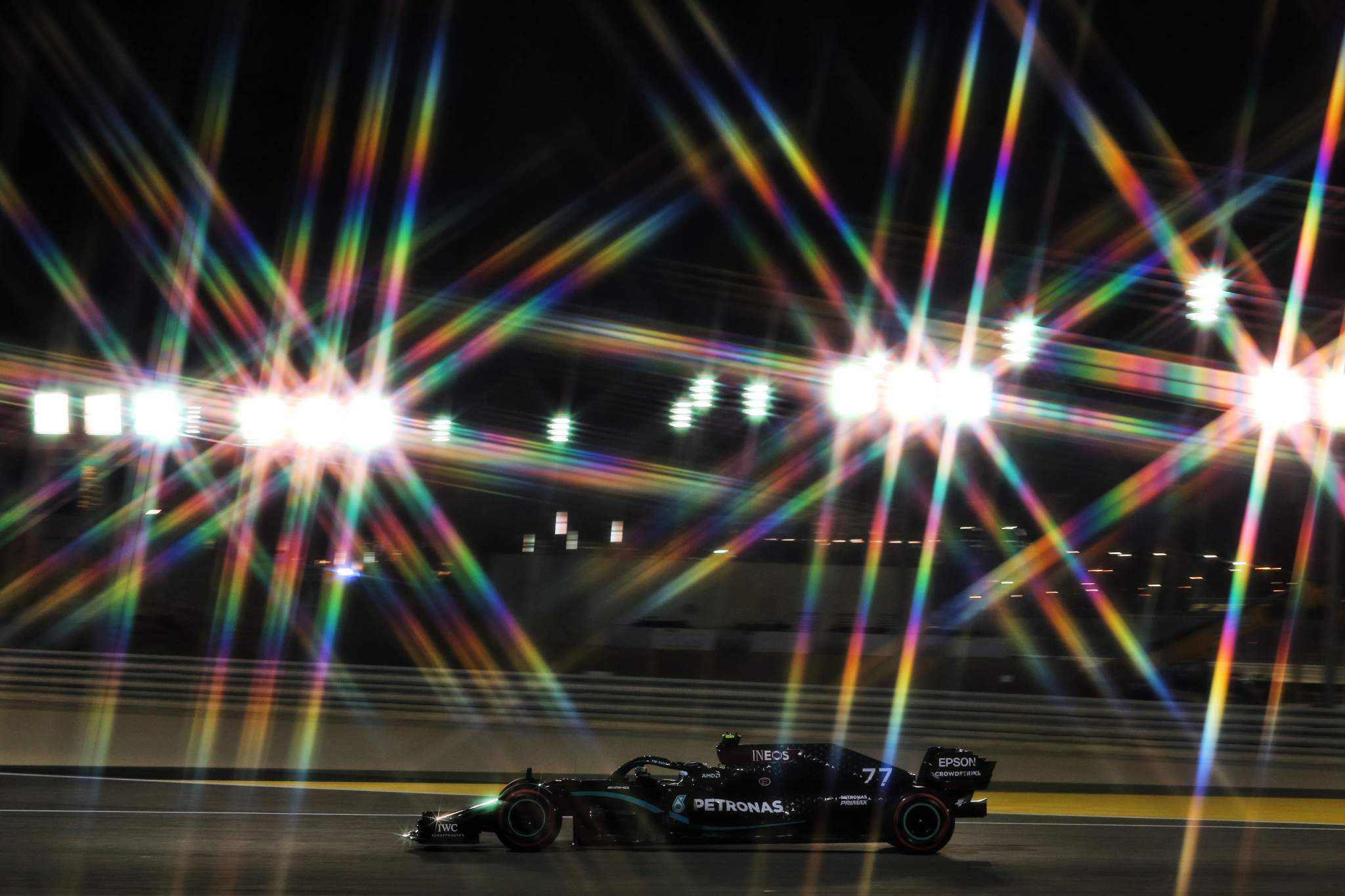
How teams have tackled aero changes
The 2021 aerodynamic rule changes are significant and even Mercedes is worried about an upset to the pecking order.
The aero changes for 2021 are the removal of part of the rear of the floor, various slots at the front of the floor being taken away, the reduction in size of appendages on the rear brake ducts, and shortened fences beneath the diffuser.
The combined impact initially slashed car performance back to 2019 levels, so each team has been in a race against time to recover as much of that as possible.
There are two things to look out for here amid the launches.
The first is visual, trying to spot different approaches to these changes. If a team launches with a 2020-spec floor, essentially just committing to a livery reveal, it’ll be easy to spot and explain.
Distinguishing between end-of-2020 ‘test’ floors and the real thing for 2021 might be harder.
The second is something you won’t see but might hear.
Who is talking bullishly about their work, or sounds like they might be a bit behind?
Does that hint at clever ways of recapturing downforce?
And if there is any room to interpret these rules differently, how quickly do teams think they can adapt?
Mastering these changes more effectively than others could result in several tenths of a second in performance, so the first signs of who has done the best job will be important.
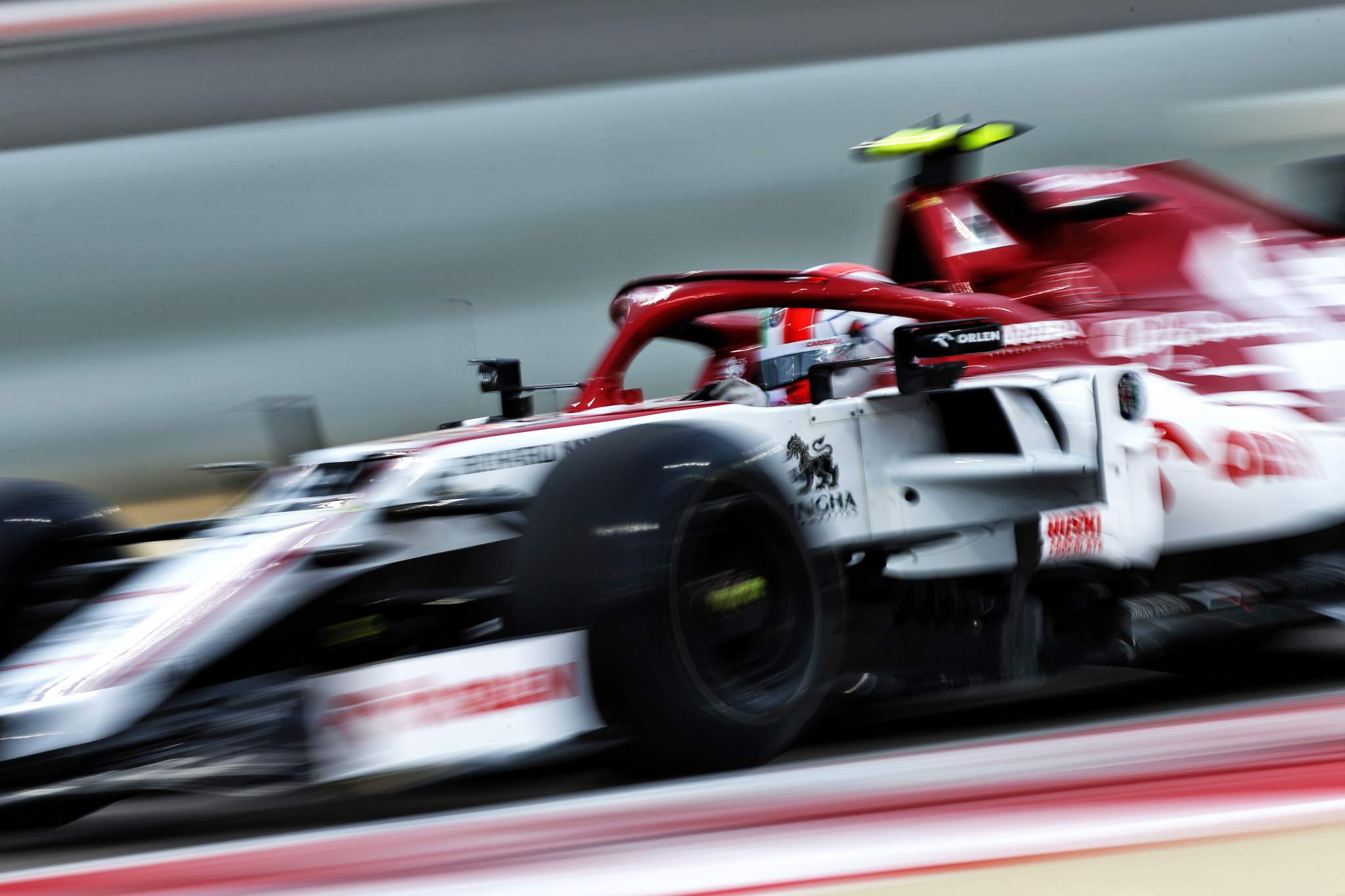
The first hints of a 2022 switch
Another layer of significance for the aero changes is what they means for 2022.
Yes, we will be looking at 2021 cars, and some of them may only be dressed-up 2020 cars too.
But teams are currently balancing some very delicately poised plates at the moment and 2022 is a huge consideration.
It’s unlikely that what we see visually from a 2021 car at launch will give much insight into how a team is preparing to shift their aerodynamic work in the early weeks and months of the season.
But this is another example of paying attention to what you read and hear as well.
How are teams currently splitting the workload between 2021 refinements and focusing on their 2022 cars?
Which teams seem in the best shape and which teams are on the backfoot?
Are some teams going to have to spend more time than hoped or planned to improve their 2021 designs, potentially compromising the switch to 2022?
These questions will define the coming season and potentially the start of F1’s new era as well, and we will likely get the first answers during the launches.
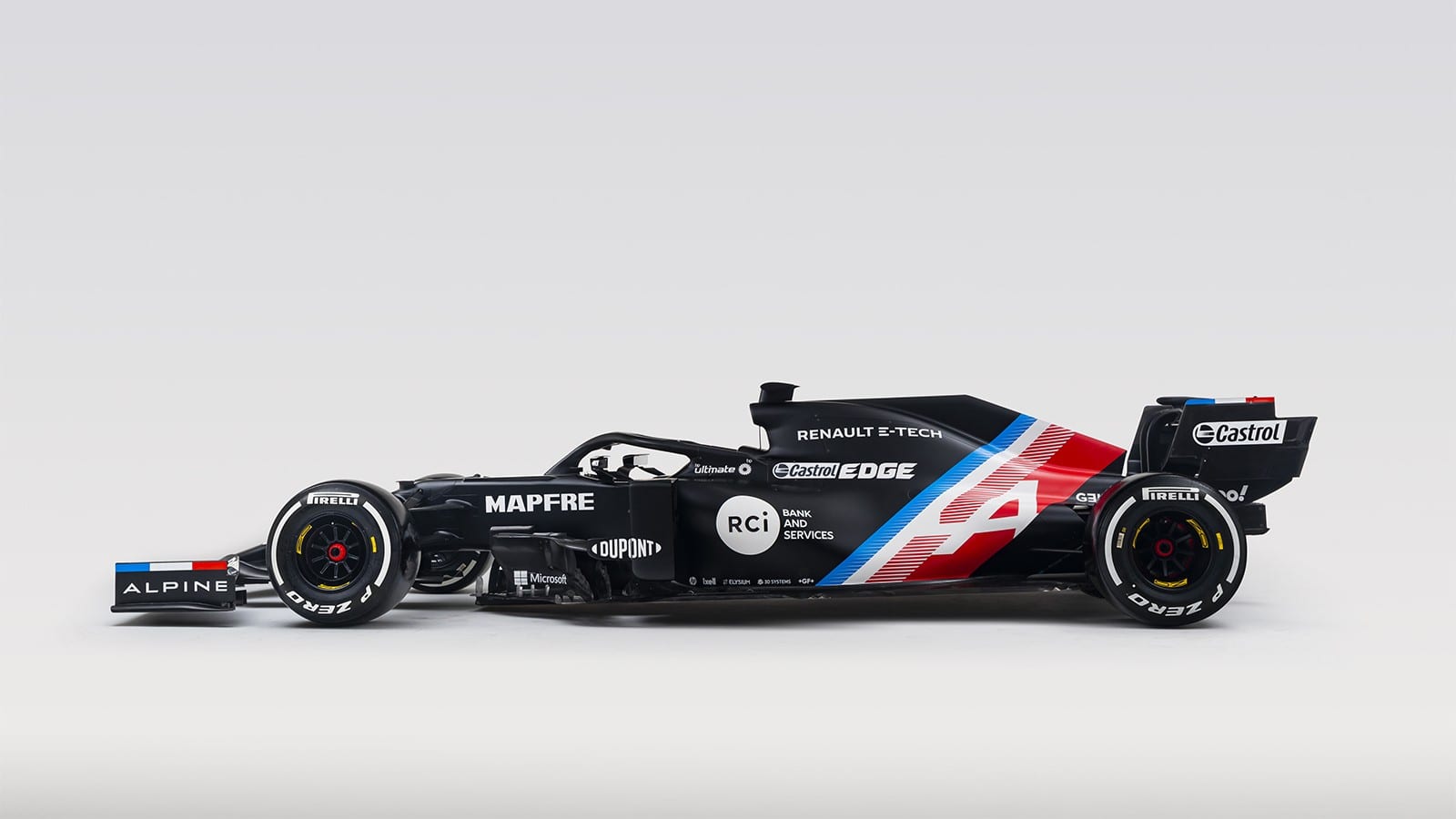
New liveries
Maybe we should have learned our lesson by now and stopped getting excited for liveries, as they are so often either a replica or a simple evolution of the previous year’s.
But while nobody’s expecting a purple Ferrari or a yellow Williams, it’s just cool to get that first look at the new contenders.
And we do have some serious rebranding exercises to get properly excited about in 2021.
Alpine’s black interim livery split opinion in January but that just heightens anticipation and expectation for the final version, which should be in the niche sportscar company’s favoured blue.
There’s also the return of British racing green to look forward to, as Racing Point is trading its pink identity for the traditional colours of Aston Martin.
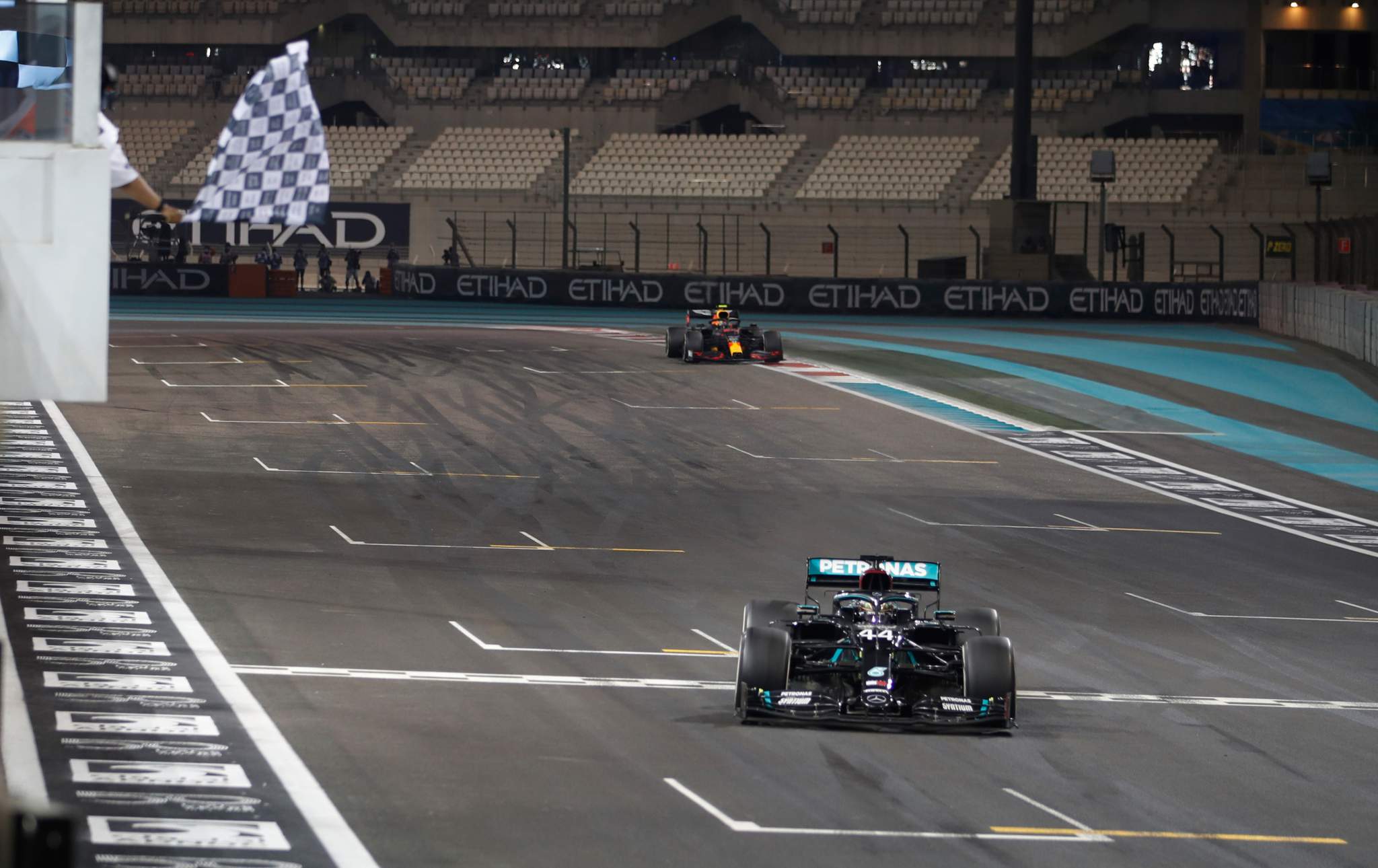
Beyond the big livery changes there’s always the potential for a surprise, and we have a couple of specific curiosities to satisfy.
Mercedes is expected to retain its black livery in 2021, while Williams may sport different colours given it raced in 2020 with a design approved by different ownership.
Hopefully for Williams its launch livery gets to race, unlike last year’s.
In addition to the liveries, the launches will be our first proper look at new faces in new places.
There’s no shortage of those in 2021 with the big moves being Carlos Sainz Jr to Ferrari, Daniel Ricciardo to McLaren, Sebastian Vettel to Aston and Fernando Alonso returning with Alpine.
And though we’ve had glimpses of these drivers checking out their 2021 gigs in different ways, launch season is the first proper engagement.

Aston’s upgraded rear suspension
How teams have spent their development tokens is a significant aspect of the designs we will see in 2021.
It will be interesting to see who has done what, assuming of course the changes are visible on the launch versions.
What we do know is the new paint job isn’t the only thing to get excited about from F1’s most upwardly-mobile team, Aston Martin.
While its car remains based around last year’s concept, namely a Mercedes-clone, there will be changes.
Team principal Otmar Szafnauer has already confirmed the chassis itself is new, while the regulations allowing teams who used 2019-specification non-listed parts supplied by other teams last year to upgrade to 2020 parts without spending tokens is another advantage.
This rule has been called a loophole, but it’s explicitly stated in the regulations. AlphaTauri has chosen not to move to the 2020 Red Bull suspension though, while Haas was already using 2020-specification Ferrari parts last year.
Aston Martin is expected to run the 2020-specification Mercedes rear suspension as a result.
This brilliantly-engineered design maximised the airflow to the rear of the car to increase the potential for downforce generation by effectively flipping the lower wishbone and integrated the rearmost leg into the crash structure.
The result was more rear grip and a very happy Lewis Hamilton. And that should be music to Vettel’s ears.
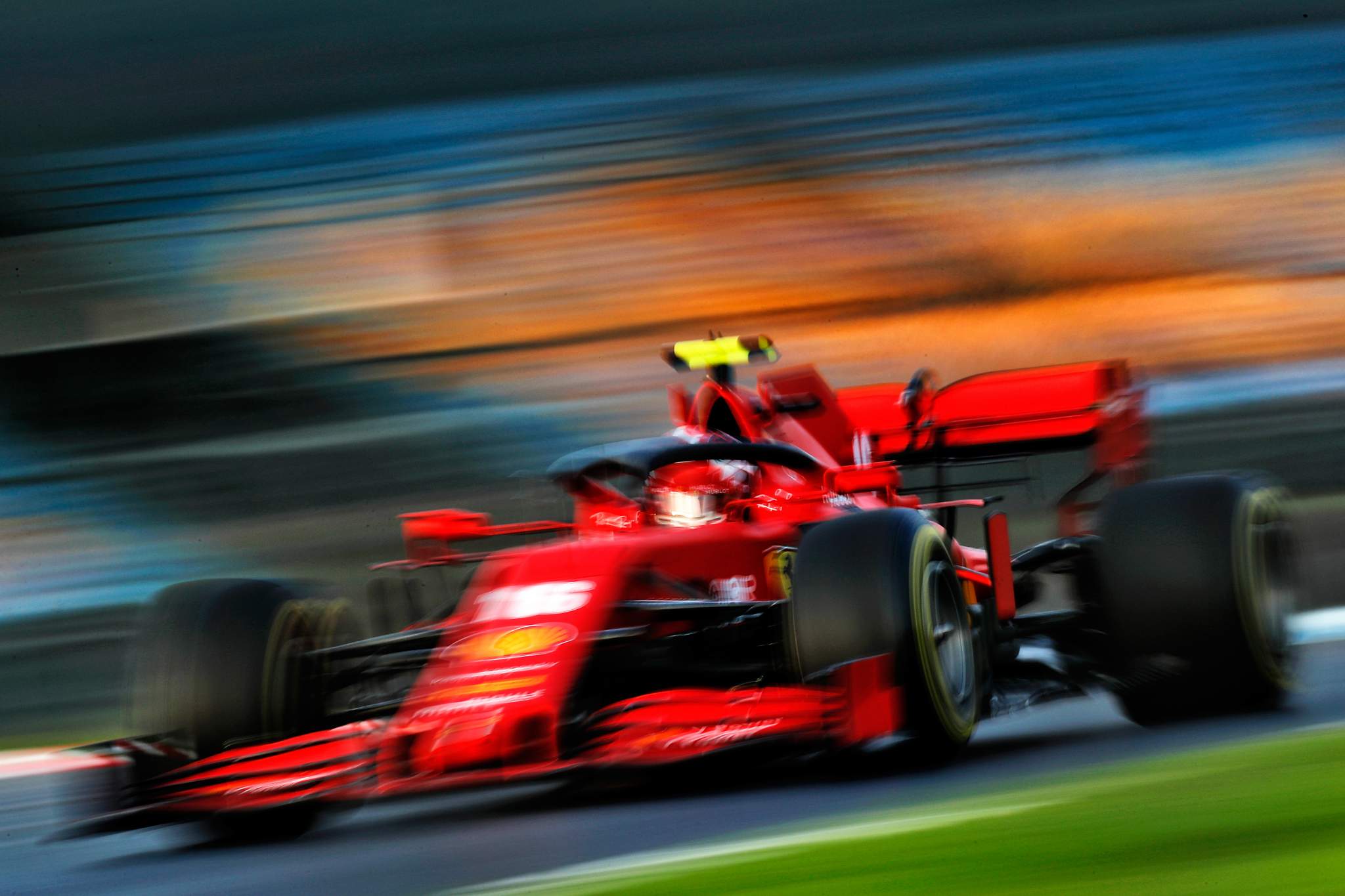
Bullishness from the Ferrari teams
Ferrari’s biggest problem last year was the weakness of its engine package as a result of adapting to the series of technical directives that it assisted the FIA with formulating.
It was a weakness that also held back customer teams Alfa Romeo and Haas.
Ferrari’s power unit will be stronger this year, the question is by how much?
Ferrari team principal Mattia Binotto said in December that it had already found significant gains and would have moved off the bottom of the engine-performance pile last year had the regulations permitted upgrades.
While it’s unrealistic to expect Ferrari to improve to the point it has a Mercedes-beater, there’s no reason why it shouldn’t aspire to be competing with Honda and Renault in the chasing pack.
All the Ferrari teams will know what the dyno figures indicate, so listen closely to what team bosses and technical directors have to say about the step.
If they are bullish and optimistic, it’s likely Ferrari has done its job well – unless, of course, it has underestimated the opposition.
But if expectations are obviously being managed, that could be a bad sign.
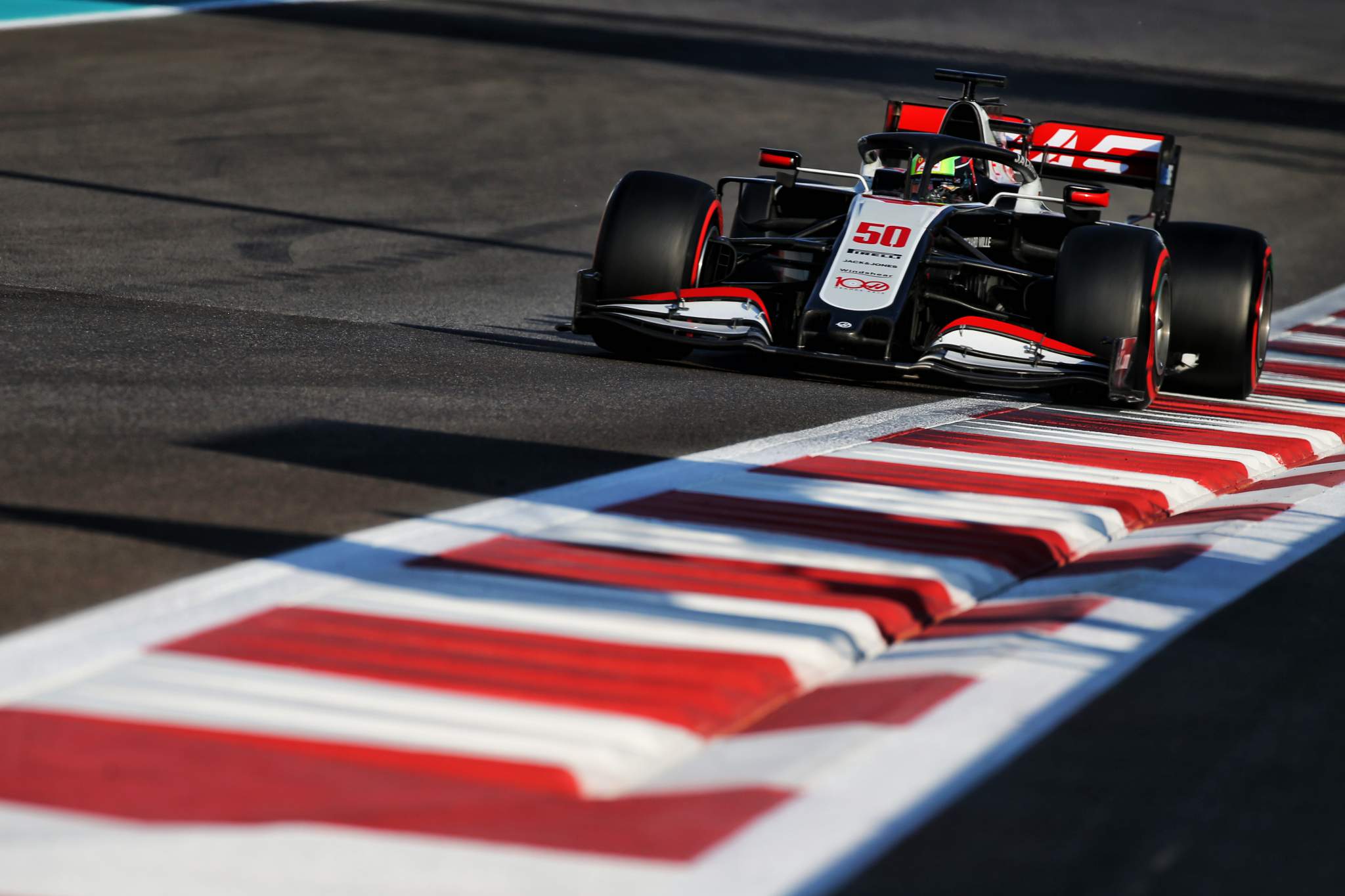
How big a change for Haas?
Expectations are low for Haas this season given this is a year of treading water, but given the car was not changed between pre-season testing and the end of last season even though plenty of design work had been done, there is potential for the car to change more than most aerodynamically. How different it is will confirm just how little we should expect from the team this year.
With the Ferrari engine sure to be a significant improvement over last year, Haas is the team with the biggest potential upside compared to last year. The 2020 car appeared to eliminate the rear-end instability problems that were baked into the previous year’s machine, so it is building from what appears to be a solid foundation.
So, while Haas might seem to be the lowest-key of all the new cars appearing for 2021, it’s worth keeping an eye on just in case a surprise is sprung.
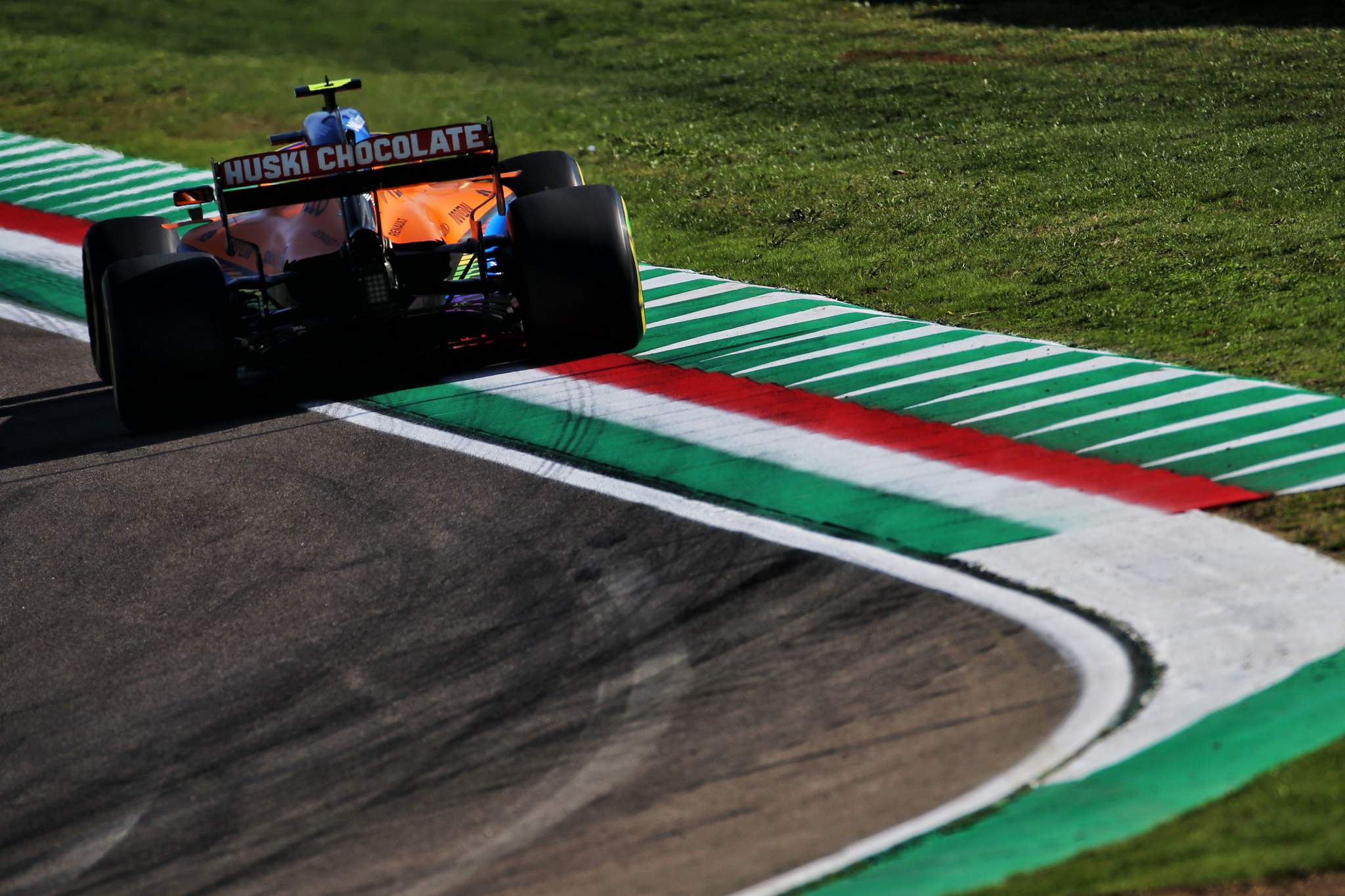
Will there be a legality row?
Whenever new cars break cover, there’s always a chance of a legality row erupting. Last year, the first appearance of Racing Point’s ‘Pink Mercedes” at Barcelona in February created a controversy that wasn’t finally resolved until early September.
While the carry-over car rules reduce the chances of extreme interpretations of the rules, they also create an opportunity for exactly the kind of approaches that cause raised eyebrows among rivals.
How liberal McLaren has been with the changes it has made to accommodate the Mercedes engine might attract attention.
And while the set of four aerodynamic rule changes appear straightforward enough, you never know if a team might have found a grey area to exploit.
Of course, whether such secrets are revealed in the launch specification car is another question.
But rest assured it won’t be long before any concerns of rivals are revealed if there is something questionable on display.




